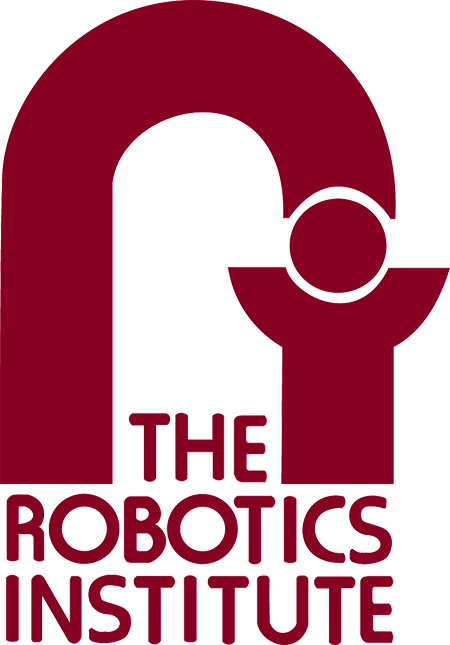Motivation and Objectives
In the near future, it is expected that robots will share the human living space: service robots and cybernetic transport systems being the two primary application areas. The technology is mature now; we have already witnessed autonomous mobile robots guiding people in museums and automated cars driving themselves around on the road network. In this respect, the 2007 DARPA Urban Challenge proved a very enlightening event. The challenge called for 11 automated cars to drive 96 kilometers through an urban environment amidst 50 human-driven vehicles. Six automated cars finished the race thus proving that autonomous urban driving could become a reality. More important (and less publicized) is the fact that a number of incidents took place during the event. Their consequences were limited because DARPA observers would freeze the automated cars whenever necessary… Clearly, autonomous robots the size and dynamics of that of the Urban Challenge are potentially dangerous for themselves and their environment (especially when driving at high-speed). Therefore, before letting such robotic systems transport people or move among people in a truly autonomous way, it is critical to assert and characterize their operational motion safety, i.e. their ability to avoid collision. Demonstrating that a robot is working alright on a limited set of experiments is not enough. If we ever want autonomous robots to be deployed among human beings on a large scale, we need to actually characterize the level of safety that can be achieved and to specify the conditions under which they can be guaranteed. The purpose of this workshop is precisely to explore these issues and to gather the researchers interested in the design of autonomous robots for which motion safety can actually be characterized.
The focus is on the decisional aspects of navigation in “real world” situations, i.e. open, dynamic and partially known environments, where motion safety remains a challenge. The workshop features presentations by leading researchers in the field.
Organization
- Dr. Thierry Fraichard, INRIA Grenoble Rhone-Alpes (FR).
- Prof. James Kuffner, The Robotics Institute, Carnegie Mellon University (US).


